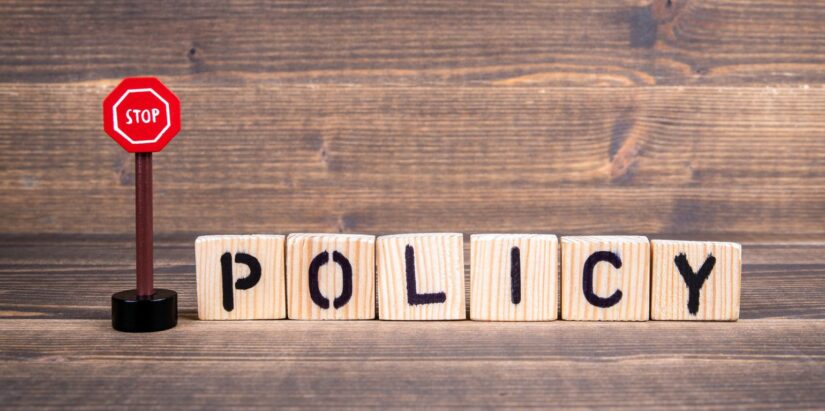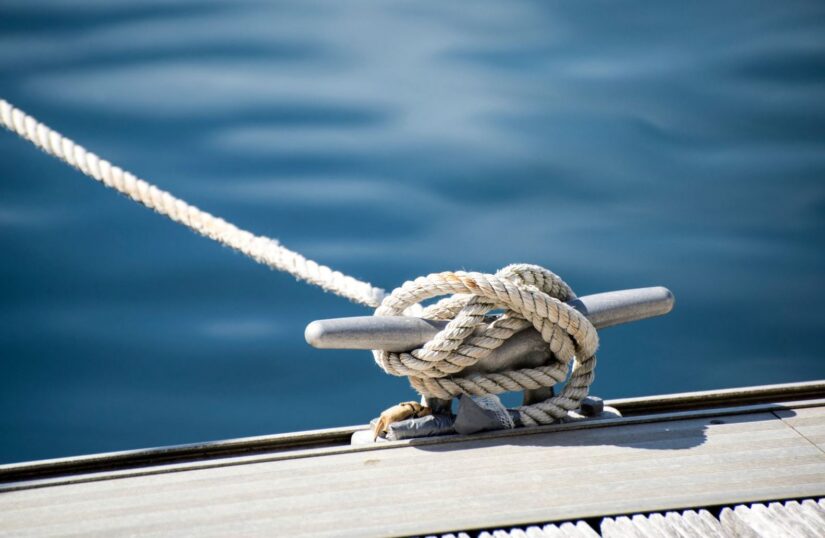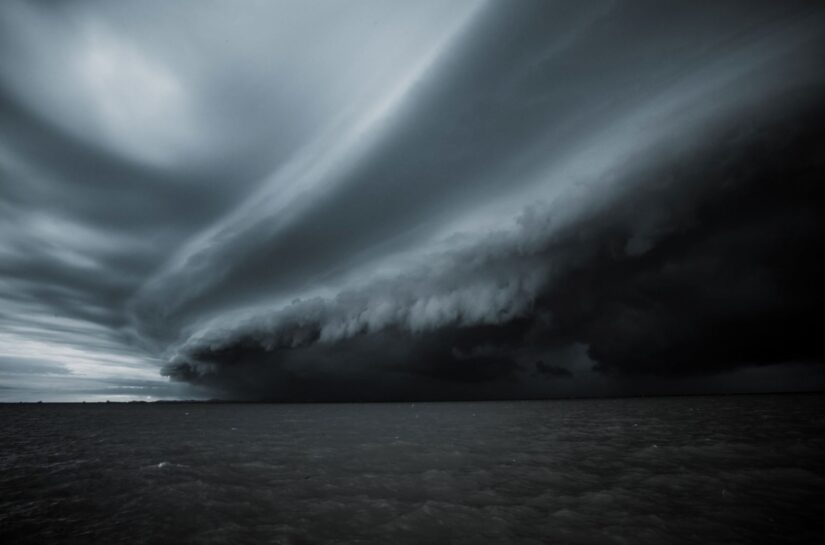Find exactly what you're looking for...



Residing in the sun-kissed southern coastal regions of the US, especially in Florida, is a paradise for yacht enthusiasts who relish the endless opportunities for cruising and fishing in warm weather all year long. However, this also means being prepared for the hurricane season spanning from June 1 to November 30.
As per NOAA’s predictions, this year anticipates an above-average hurricane activity, with an estimated range of 17-25 named storms, 8-13 hurricanes, and 4-7 major hurricanes. The NOAA expresses a 70% confidence level in these forecasts for 2024.
Yacht owners should make it a top priority to develop a well-thought-out hurricane preparedness plan to safeguard their valuable assets and minimize stress and complications during a hurricane. Ensuring the safety and security of your yacht in the face of a hurricane is crucial, so it is imperative to adhere to these essential hurricane preparation tips for yacht owners before, during, and after the storm.
 Before the hurricane hits, your top priority should be the safety of yourself and your loved ones. However, don’t forget to review your yacht insurance policy and coverage plan for hurricane damage. It’s essential to understand your responsibilities and liabilities as a yacht owner because some insurance companies may require specific actions to make a valid claim.
Before the hurricane hits, your top priority should be the safety of yourself and your loved ones. However, don’t forget to review your yacht insurance policy and coverage plan for hurricane damage. It’s essential to understand your responsibilities and liabilities as a yacht owner because some insurance companies may require specific actions to make a valid claim.
It’s also important to review your lease or rental agreement with your marina or storage facility to ensure your yacht is covered under your policy. Make sure to ask the dockmaster about their hurricane preparedness procedures and include them in your own plan. Some marinas may require boats to evacuate, while others may have specific resources or steps to secure your yacht. Be sure to carefully review your marina contract and take note of any stipulations regarding natural disasters.
If you’re considering moving your boat to a boatyard or hauling it out from the water to secure it on land, it’s essential to strategize where you plan to move it ahead of time. Keep in mind that many facilities and hurricane-safe marinas fill up quickly, so make sure to plan accordingly and secure a spot as soon as possible.
 Before securing your yacht for the approaching hurricane, ensure that it has a full tank of fuel. This will be critical in case of an emergency or if you need to relocate temporarily due to a prolonged power outage.
Before securing your yacht for the approaching hurricane, ensure that it has a full tank of fuel. This will be critical in case of an emergency or if you need to relocate temporarily due to a prolonged power outage.
To avoid losing any loose items and prevent them from becoming hazardous projectiles during a hurricane, remove anything that is not permanently attached to your boat. This includes items such as sails, canvas, electronics, cushions, bimini’s, and roller furling sails.
For smaller boats and trailers, it’s imperative to weigh them down with tie-downs or store them in a garage to prevent them from becoming airborne during hurricane winds. This also applies to boats located in a boatyard. Make sure to remove any items that could tear off in strong winds to minimize potential damage.
To minimize the damage caused by a hurricane, it’s recommended to secure the vessel to an anchor point on concrete using lines with minimal stretch. Also, avoid leaving the boats on davits or hydraulic lifts during a storm. Riding out the storm on the boat is also not advisable. However, if keeping your boat on a lift is the only option, follow these precautions:
Once your yacht is securely anchored, make a comprehensive inventory list of all the items on board. The most convenient way to do this is by recording a video of both the inside and outside of your yacht.
Additionally, gather all legal documents for your vessel and store them in a safe location off the boat. It is also a smart idea to keep essential phone numbers, such as the U.S.A Coast Guard, Harbor Master, and National Weather Service in an easily accessible place. Legal documents include:
 As soon as a hurricane watch or warning is issued, the situation can quickly deteriorate, endangering the area in the next 24-36 hours. After securing your yacht, it’s crucial to evacuate inland immediately. Remember, your life is irreplaceable, and no boat is worth risking it. Review your hurricane evacuation plan and ensure you have all the necessary resources, including enough food, water, and medications. Stay informed about the latest developments by monitoring TV and radio broadcasts, if possible.
As soon as a hurricane watch or warning is issued, the situation can quickly deteriorate, endangering the area in the next 24-36 hours. After securing your yacht, it’s crucial to evacuate inland immediately. Remember, your life is irreplaceable, and no boat is worth risking it. Review your hurricane evacuation plan and ensure you have all the necessary resources, including enough food, water, and medications. Stay informed about the latest developments by monitoring TV and radio broadcasts, if possible.
Quick Note: To ensure your safety, stock up on canned food and water for at least three days, along with any necessary medication and supplies. Don’t forget to fill up your vehicle’s gas tank as well. Secure any outdoor furniture or loose objects, and board up your windows to prevent shattering during the storm. If you’re in a mandatory evacuation zone, follow the instructions of your local officials.
Once the hurricane has passed, wait for the all-clear and make sure the conditions are safe before checking on your yacht. Be cautious as the aftermath of a hurricane can be dangerous, with downed electrical wires and power lines, as well as debris-filled roads. Once officials have deemed it safe, take necessary precautions for any leaking fuel, missing dock boards, or other potential hazards.
Once you have safely returned to your yacht, conduct a thorough walk-through inspection to assess any damages. In the unfortunate event that you find damages, be sure to create an itemized list of all affected areas and submit an insurance claim as soon as possible. Keep in mind that insurance claims are addressed in the order they are received, so it’s important to act fast. If you suspect any theft or vandalism, don’t hesitate to file a police report.
We hope that our comprehensive hurricane tips for yacht owners have equipped you with the necessary knowledge to safeguard your yacht before, during, and after a hurricane. For additional safe boating practices, explore our other articles below.
Boating In Bad Weather — What You Need To Know
First-Time Yacht Buyer Insurance Guide
Boating Safety Guideline for Predeparture & On the Water
Filing a float plan
Top Tips for Pets Aboard
Resources: Hurricane Marine Preparedness- BKS | Discover Boating
Compare (0/3)